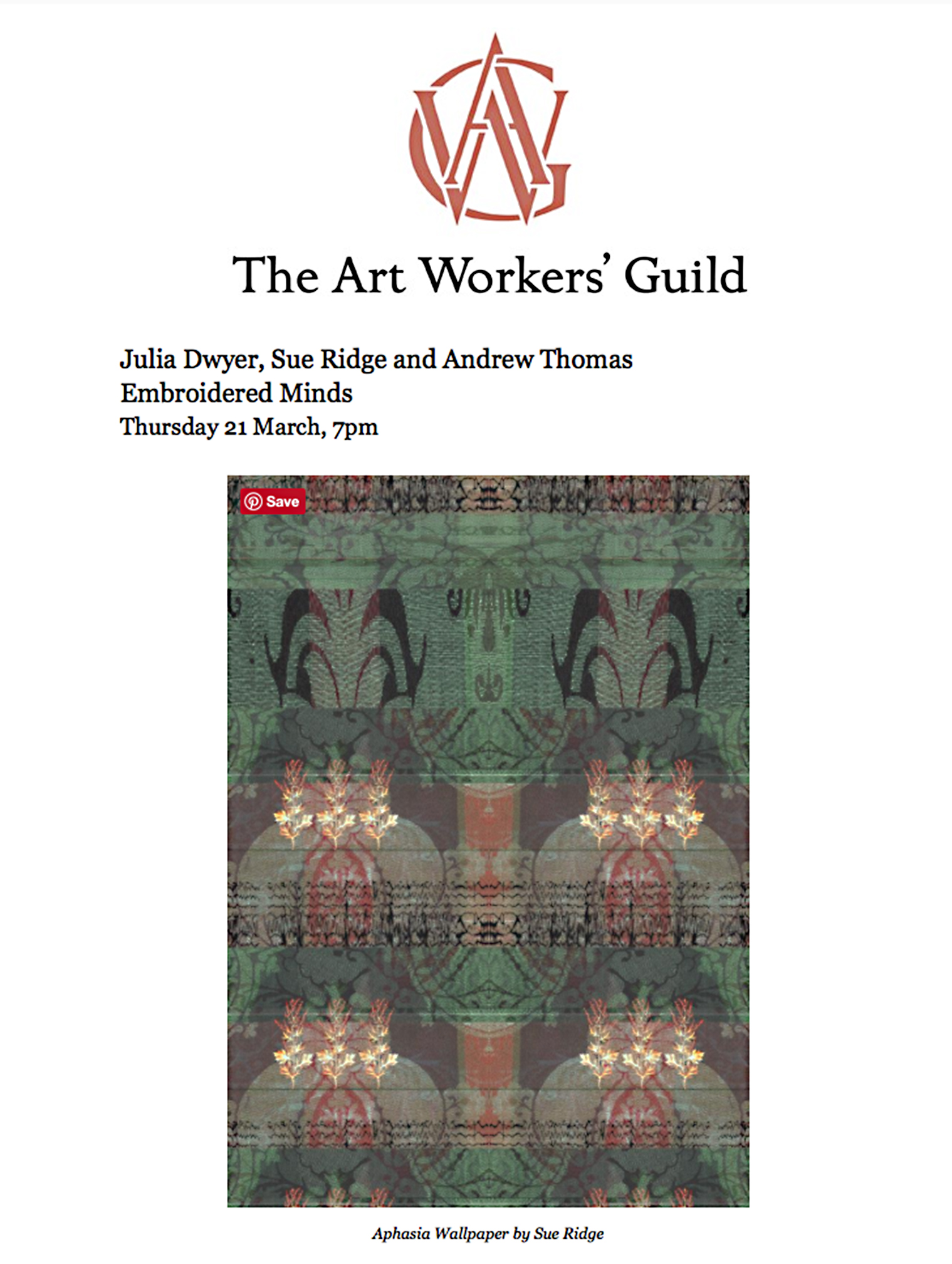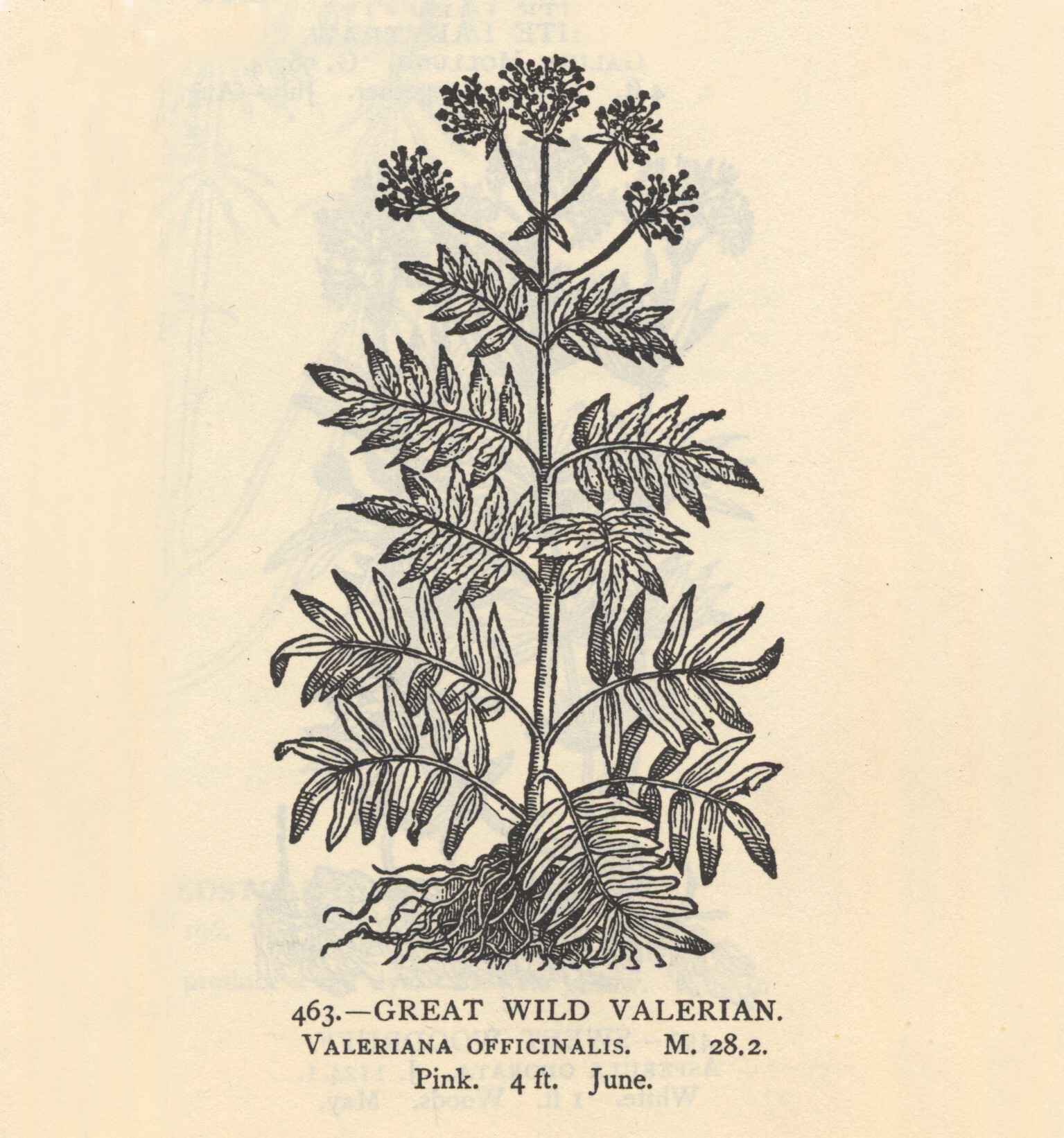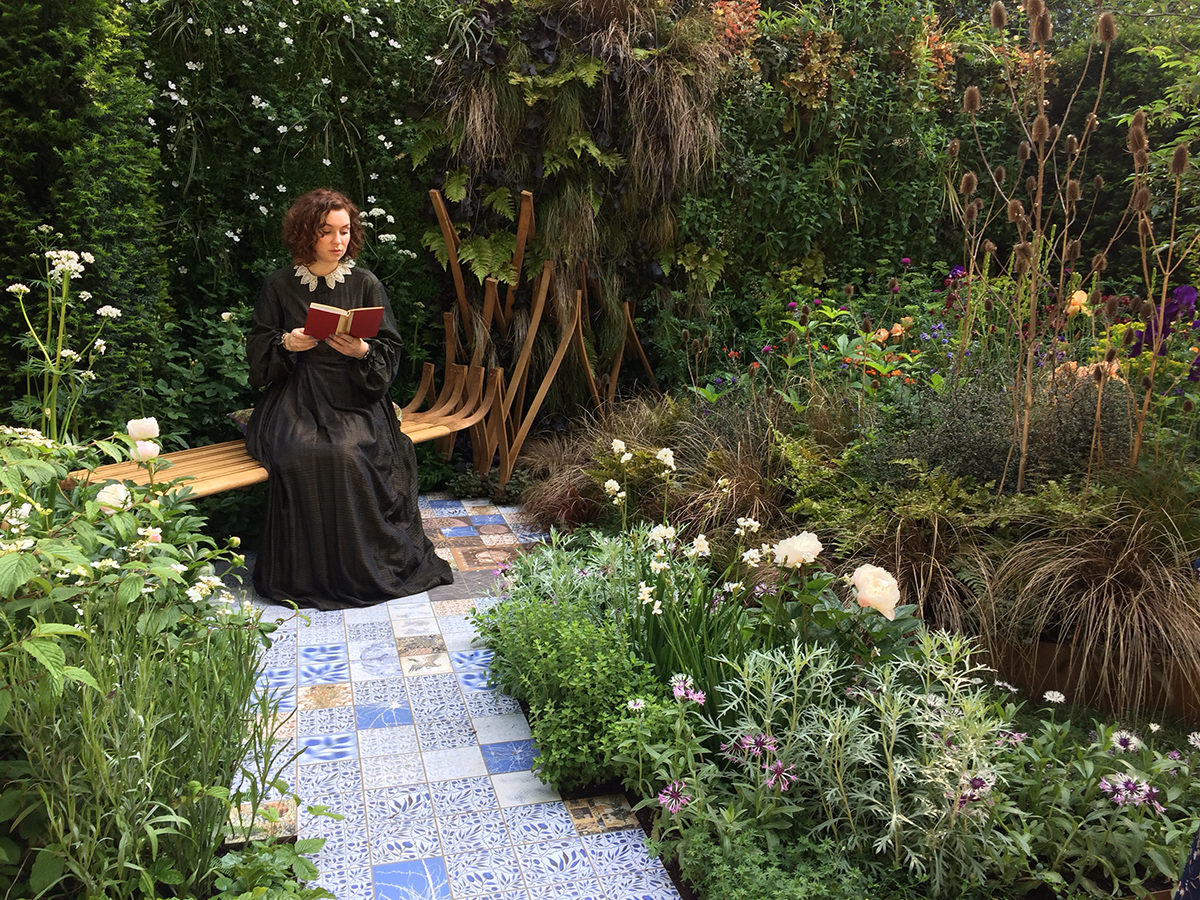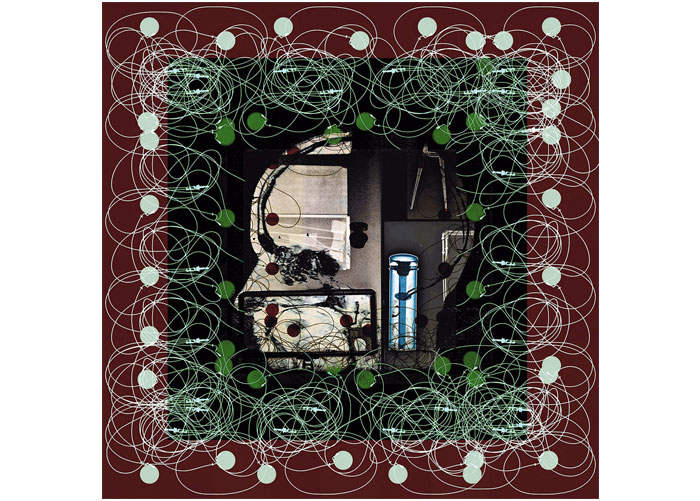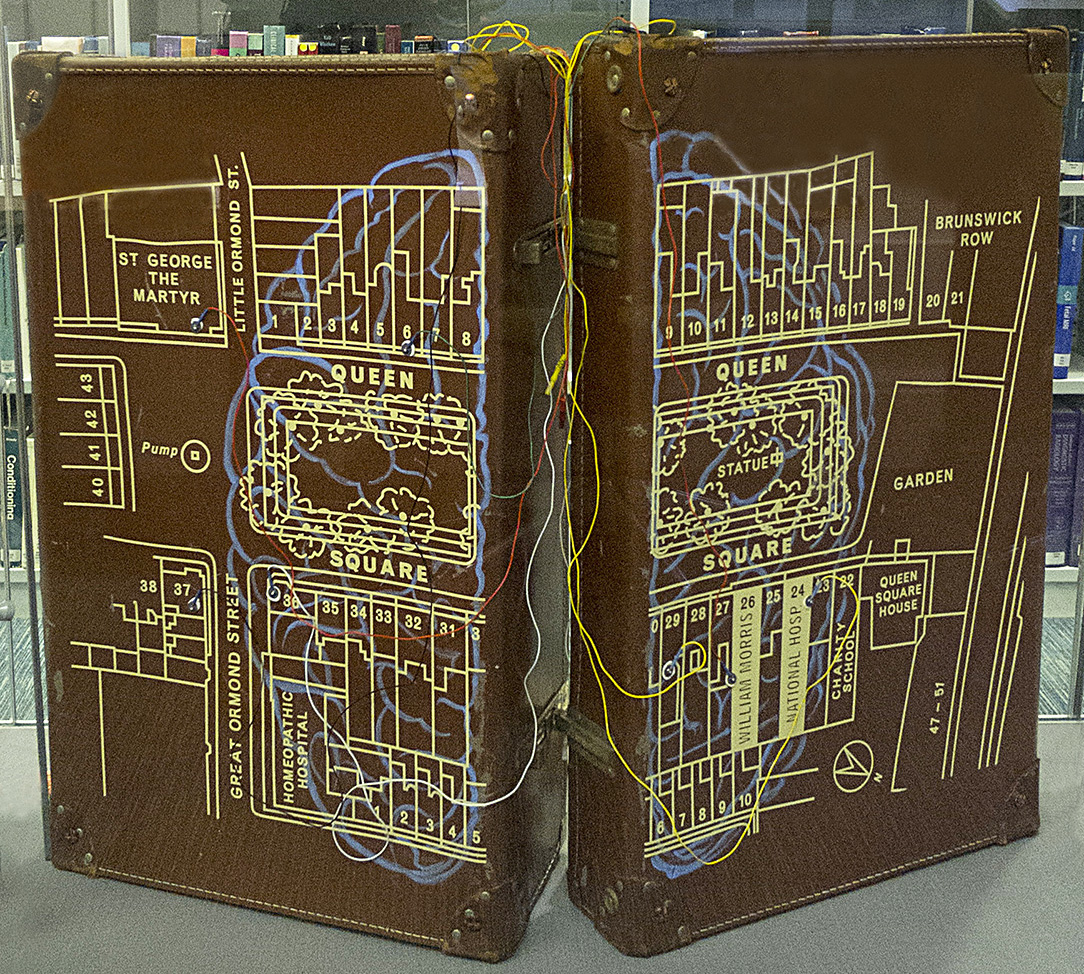Sex, Drugs & Epilepsy
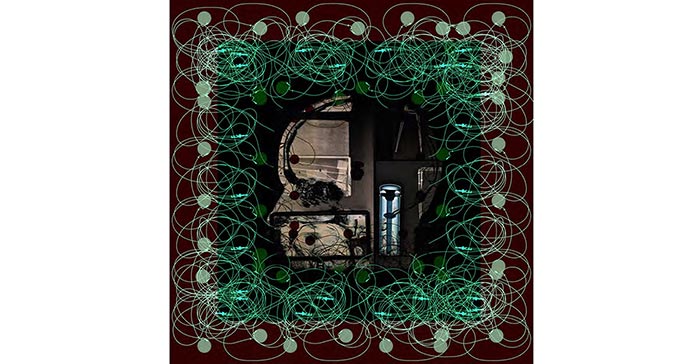
Illuminated with art by Caroline Isgar & Sue Ridge, author Leslie Forbes & biographer Jan Marsh gave a dramatised reading of the novel for the William Morris Society at Kelmscott House.
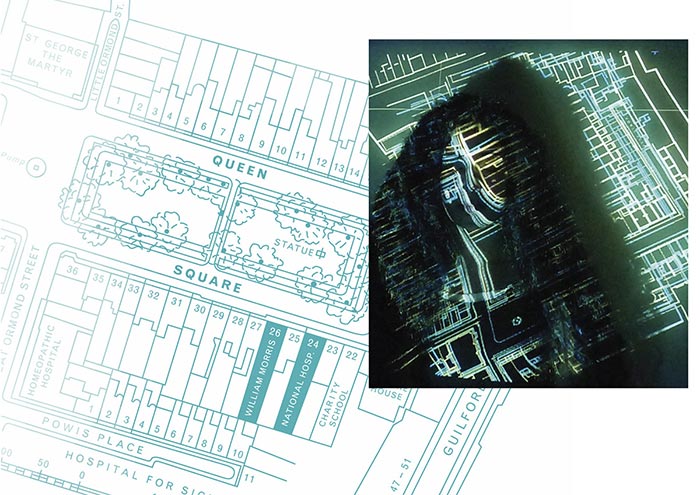
“In Morris’s time, acclaimed people from the arts and medical worlds circled this square every day, drank together in pubs, lectured at the Working Men’s and Women’s Colleges, rubbed shoulders at talks given by John Ruskin.
This was the GOLDEN AGE of NEUROLOGY, and through the hospital next door to Morris marched the century’s greatest map-makers of the human brain. Not just the epileptic brain. While other explorers built empires in lands their countrymen would never see, those neurological pioneers mapped a geography which, though shared by all humans, remains virtually terra incognita.
All those neurological geniuses in one hospital... yet we’ve found no records of Jenny being treated there.”
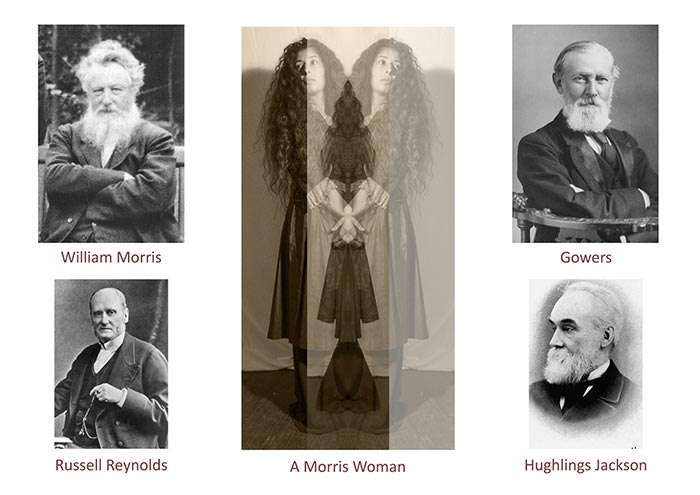
“Would Morris have stonewalled that golden circle? Ignored them at the pub? Society was rife with fears about doctors who meddled in the brain. And Morris was suspicious of science.
But he makes passing reference to one neurologist who treated Jenny in 1877: John Russell Reynolds. What Morris neglects to mention is that Reynolds was in the pantheon of Neurological Gods. An expert on the duality caused by psychoneurotic illnesses, he had close associations in the creative world and was considered an accomplished artist - like Gowers, whom he mentored. John Hughlings Jackson, though, was the William Morris of neurology. A visionary. Jackson had wanted to be a philosopher, and his poetic descriptions of epileptic symptoms are more insightful than most written by neurologists today. He wrote particularly well on a symptom he called ‘double consciousness’, which I experience: ‘I am gripped by the sense of a former incident about to re-occur with people I once knew but can’t quite remember.’ A state incorrectly defined by modern neurologists as ‘deja vu’: double consciousness lasts far longer, and I’m aware my memories, are the result of a morbid psychological state. Where did Hughlings Jackson get his insight? Largely from his patients - also a real physician - he called ‘Doctor Z’.”
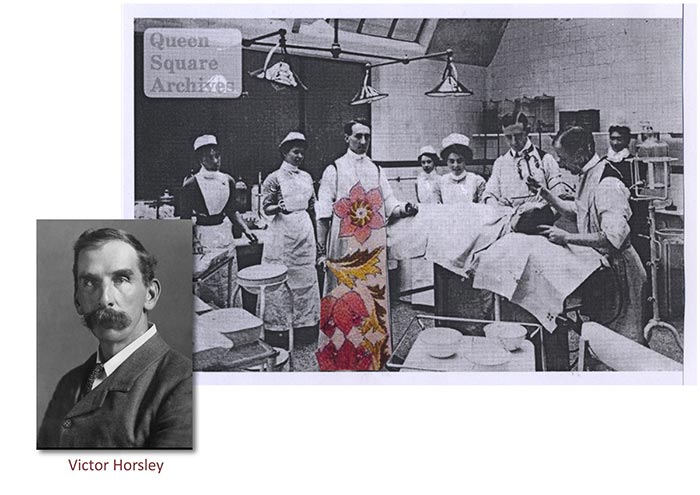
“Gowers would have recognised Morris’s epileptic symptoms. Horsley, a pioneering neurosurgeon in Queen Square might have attributed them to a brain tumour - and recommended surgery. What other treatments were on offer?
However enlightened, the neurologists at Queen Square had some unattractive ideas about cures. Gowers stated that seizures could be prevented for hours by continuously watching the threat of them, then dashing ice cold water in the patient’s face. During severe attacks, he advised that the patient’s head be doused with a gallon of water. ‘And if this moderate quantity only redoubles the convulsions,’ he said, ‘a second gallon is often effectual.’!
Now for drugs and sex. The most reliable drug for brain disorders at that time was (potassium) bromide. Known by some people as ‘the chemical castrator’ because it was frequently prescribed to soldiers and asylum-inmates to quell ‘licentious natures’ and manic behaviour. In 1899, Queen Square hospital dispensed nearly two tons of the stuff. When bromide failed to suppress seizures, doctors tried cannabis, arsenic, belladonna, chloroform, opium, cocaine, strychnine and chloral.”
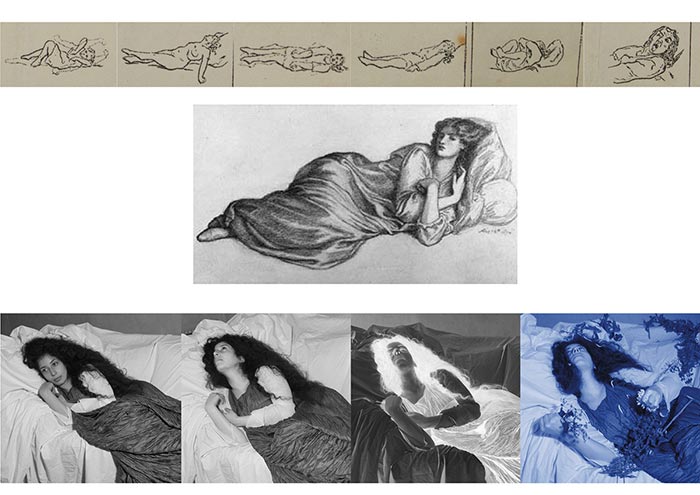
“Two ‘therapeutic measures’ for women with epilepsy were hysterectomies and the removal of the ovaries. Less drastic treatments were recommended to women believed to suffer from the condition ‘hysterical epilepsy’ - closely linked to their sexuality. To identify the hystero-epileptic, Gowers suggested: tug sharply on the pubic hair to see if the ‘hysteria’ ceased.
The engravings above, from Gowers’ files, show the hystero-epileptic movements described in France as ‘passionate attitudes’.
Rossetti’s images of a reclining Jane, Nina replicating a seizure: easy to imagine doctors blaming Jenny’s condition on her mother.
Dr. Henry Maudsley, who founded today’s Maudsley psychiatric hospital, wrote this in 1863: ‘Irregularities of menstruation, are recognised causes of nervous disorder... In one woman they give rise to hysterical convulsions or mania, in another to epilepsy.’
He asserted that ‘the modern sensation novel’, with its murders & bigamies, was an achievement of ‘the epileptic imagination’. ‘Apt to occupy itself with painful or repulsive subjects’. What did he think of Morris’s poetry? Knights who fall to the earth in ecstasy, thrash their limbs, blood gushing from their mouths, at the mouth of engulfing caverns, where entrancing females lurk, ready to betray.”
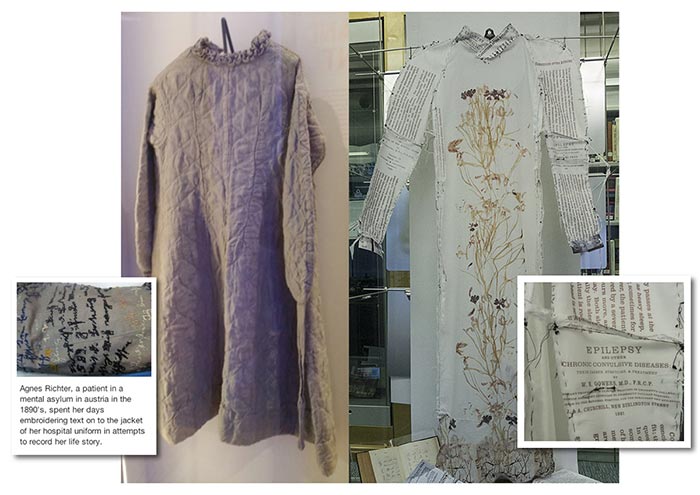
“Another option for hysterical or epileptic women was ‘the Rest Cure’ - approved by obstetric physician William Playfair. Too much reading, he said, undermined a woman’s mental health and her reproductive system. Women in his care could be tied to their beds for days at a time, isolated from family and friends - not allowed to speak to anyone without their doctor’s permission.
In the novel, Playfair says to Jenny, ‘No more sewing a little, reading a little, throwing tantrums in order to excite sympathy and avoid household duties. No feeding yourself. Remember that I have the superior will.’
A superior will. On the left is a Victorian ‘restraining garment’ made by a woman in an asylum. Inset is the detail of a jacket embroidered in a coded text by another asylum inmate.
To represent the way seizures make me feel, I sewed a ‘Pre-Raphaelite, Post-seizure’ dress. Fabric printed with Sue’s images of dead tulips was patchworked with quotes from Gowers’ neurological manuals. Suspended from a clipboard, the dress sags like a marionette on its threads.”
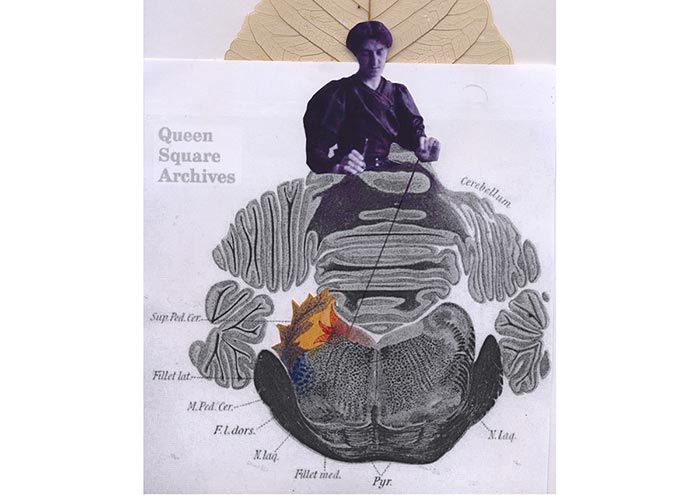
“Many questions are asked about why William Morris leased Kelmscott Manor, his beloved country house, with Gabriel Rossetti, at a time when he knew Rossetti and Jane were lovers. Here’s a possible answer. Temporal Lobe Epilepsy can produce dramatically creative symptoms, but also reduce the libido dramatically, damage speech, hearing, vision, sexuality, emotional stability and intellectual capacity.
The following people are suspected to have suffered from Temporal Lobe Epilepsy. Their symptoms closely resemble William Morris’s. If they had chosen to be ‘bromised’ completely, we would have no Dostoevsky, no Flaubert, no Tennyson, no Van Gogh, no Kierkgaard, no Edgar Allen Poe, no Edward Lear, no Lewis Carroll... and, perhaps, no William Morris.
What could Jenny have achieved had she been allowed to attend university?”

